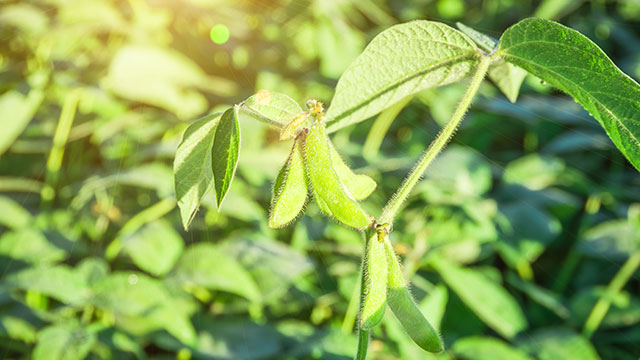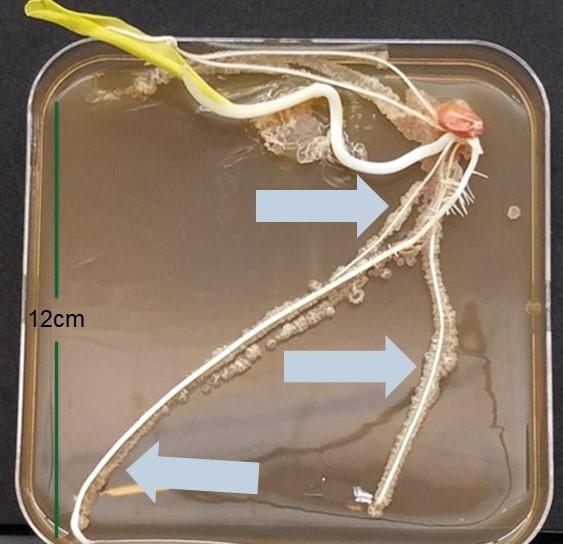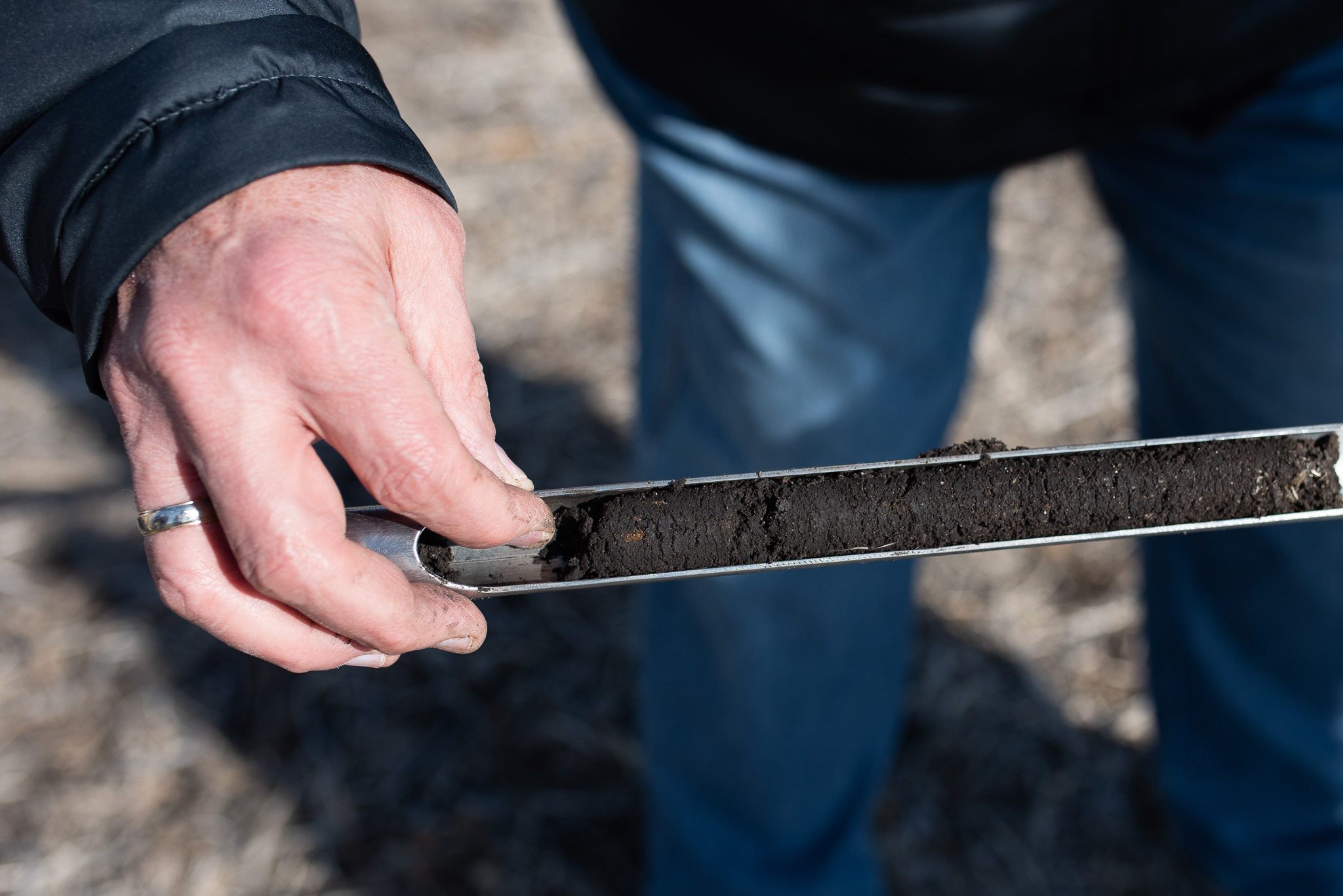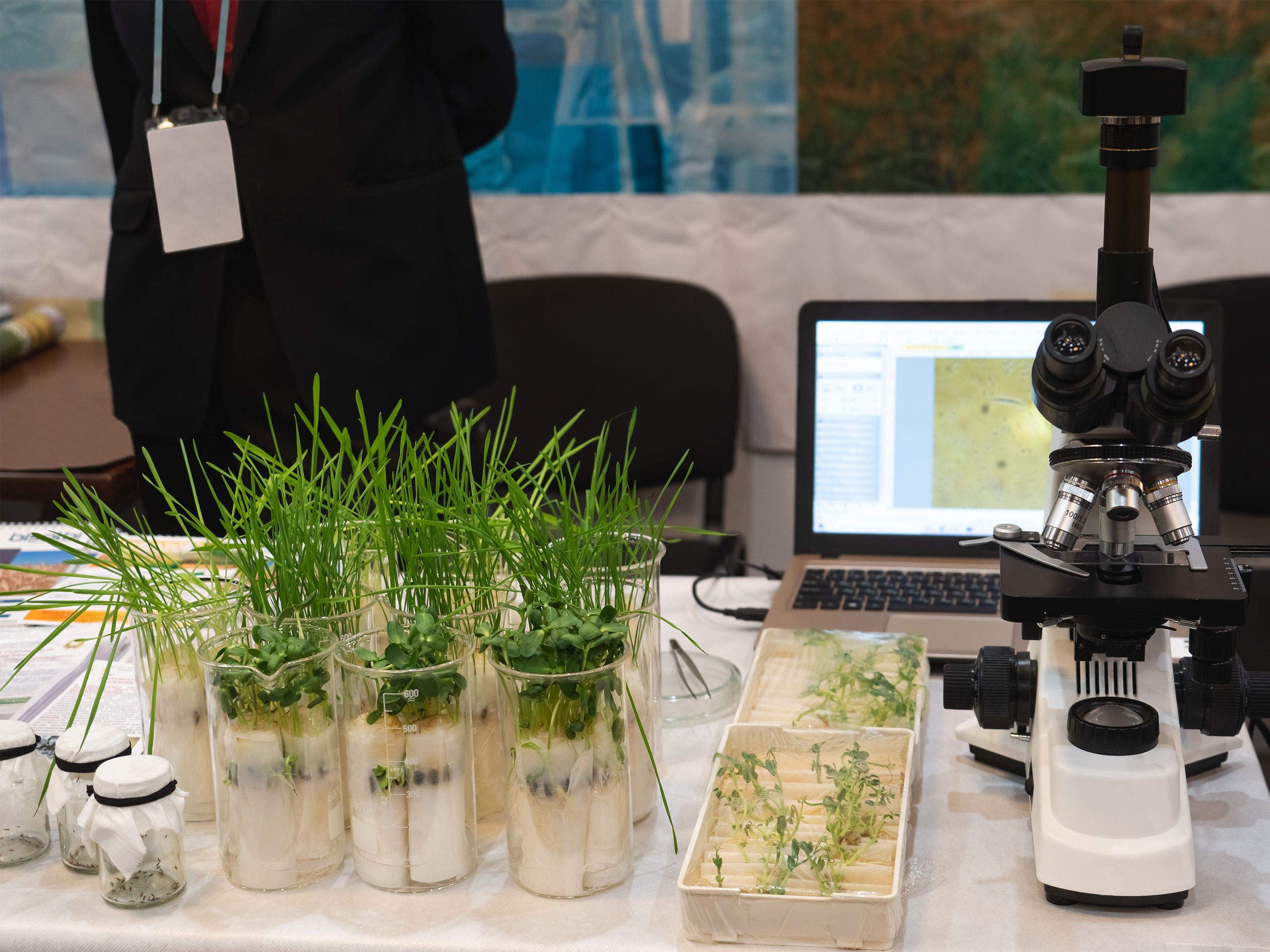
Resistance issues have plagued the agriculture sector, prompting increased focus on the development of new tools and methods for battling pests and disease. That mission hits close to home for The SCN Coalition, as soybean cyst nematodes (SCN) have found ways to skirt what had been an effective tool for battling this yield-robbing pest: The PI 88788 SCN resistance source that is used in about 95% of all SCN-resistant varieties.
SCN populations are adapting to and reproducing at high levels on PI 88788 resulting in high population densities (numbers) in the soil. As SCN population densities increase, yields decrease. This has sparked a rethink about how soybean farmers should fight North America’s No. 1 yield-robbing pest. The SCN Coalition’s four-pronged approach to “active SCN management” includes:
- Test your fields to know your numbers
- Rotate resistant varieties
- Rotate to non-host crops
- Consider using a nematode-protectant seed treatment
The results of a quantitative study funded by the United Soybean Board in 2020 indicates farmers are using new tools to manage SCN. Forty percent of farmers surveyed said they are using a nematode-protectant seed treatment, a dramatic increase from 22% surveyed five years prior. Advances in technology and better farmer understanding about the need for active management of this stubborn and economically damaging pest have helped bolster adoption of nematode-protectant seed treatments.
Seed treatments can offer farmers another layer of SCN protection

“Nematode-protectant seed treatments with varied modes of action have grown in availability and popularity since the mid-2000s. Many of these products contain biological organisms or chemical compounds,” says Greg Tylka, nematologist at Iowa State University and a leader of The SCN Coalition. “Nematode-protectant seed treatments can supplement current SCN management strategies.”
For example, a grower might consider a seed treatment with a unique strain of a root-colonizing bacterium as the active ingredient, such as Bacillus amyloliquefaciens (BA-1). This common microorganism that’s widely distributed in the soil can colonize soybean roots as they grow, providing season-long protection against SCN. This naturally present bacterium produces enzymes that act as a shield for soybean plants in SCN-infested soil.
“Iowa State University data shows 95% of resistant varieties of soybeans have the same source of genetic resistance. We offer a stand-alone seed treatment product with BA-1 as an active ingredient that provides a second mode of action that pairs well with the genetic resistance you’re getting in your soybean seed to protect your crop for the future,” explains Dair McDuffee, a seed treatment specialist with Valent. “In test plots with confirmed SCN population densities, the addition of such treatments has bumped yields 2 bushels an acre higher.”
It’s time for an ‘SCN Root Check’
The SCN Coalition and Valent have joined forces to encourage soybean farmers to check for SCN females attached to roots during the growing season. If SCN females are detected, it provides an indication that an SCN soil test is needed after harvest to determine if a farmer’s SCN management practices should be reevaluated along with their crop adviser or university extension expert.
Soybean fields infested with SCN may look healthy above ground, but adult SCN females can be easily seen on the roots of infested plants as soon as six weeks after soybeans have emerged. Watch this video to learn how to check roots.



